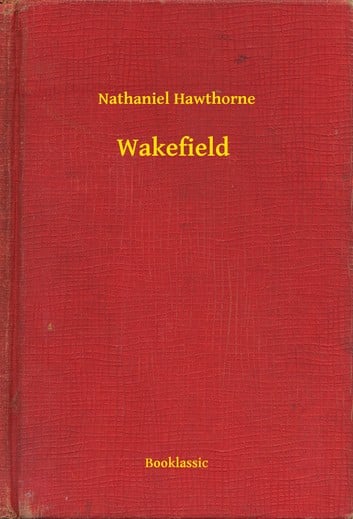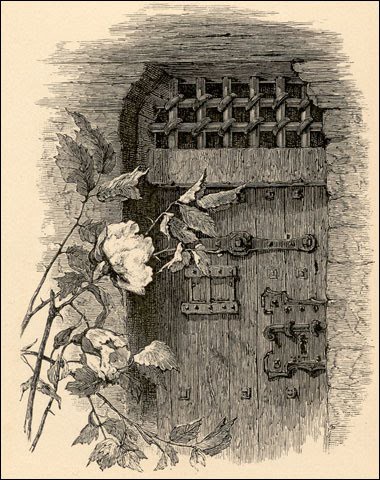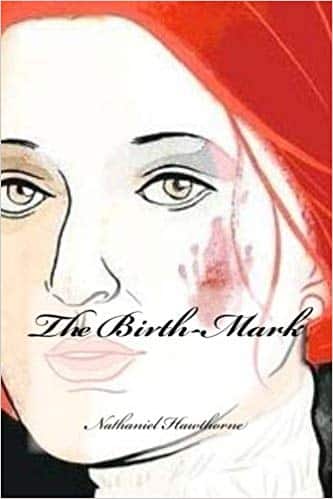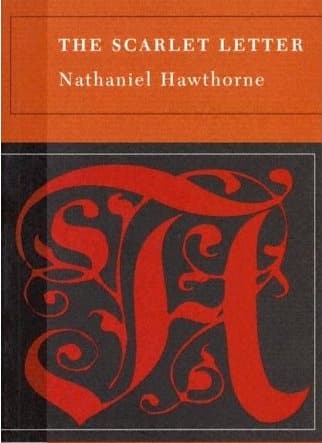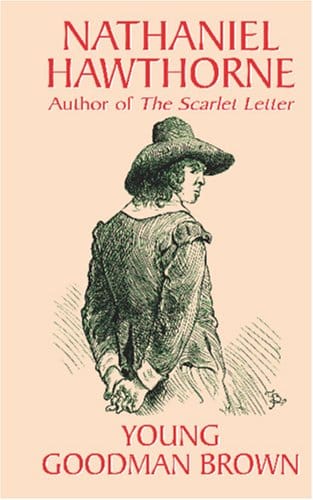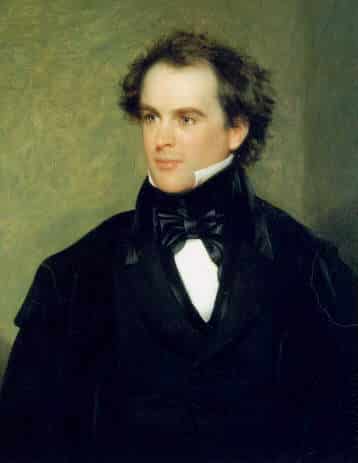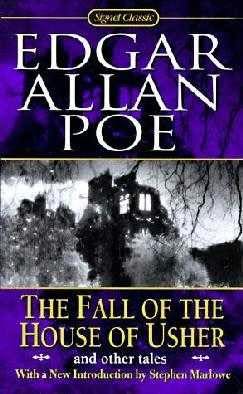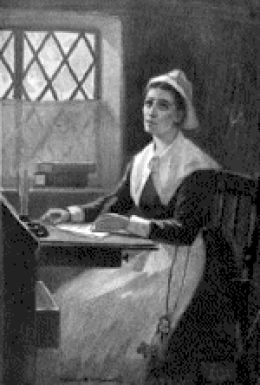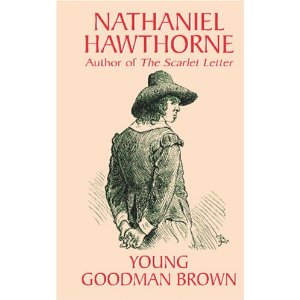Weldon’s Response: Wakefield’s Second Journey
The article entitled “Wakefield’s Second Journey” written by Roberta F. Weldon argues that Nathaniel Hawthorne writes the character of Howard Wakefield and his “second journey” to explain that this journey is “necessary to achieve the final reconciliation with oneself before the fullness of age and death” (Weldon 69). Weldon explains in further detail Hawthorne’s usage…

